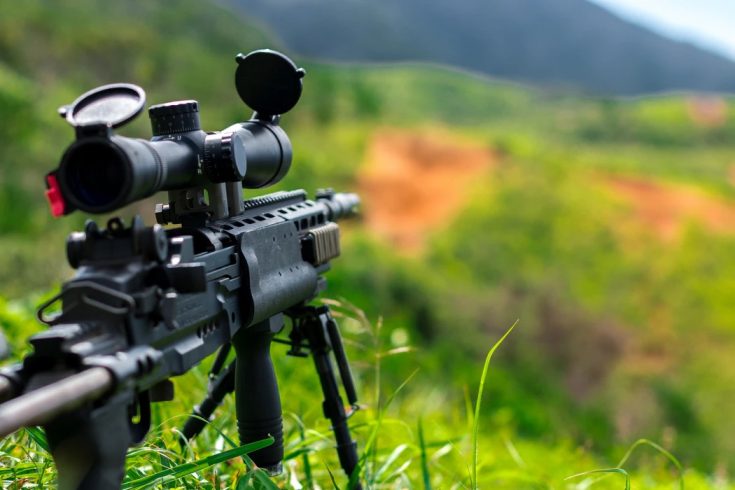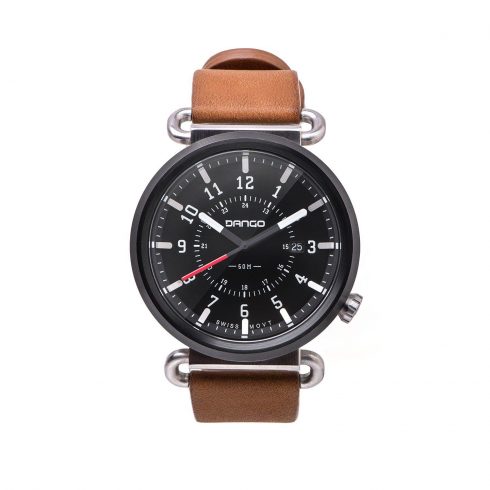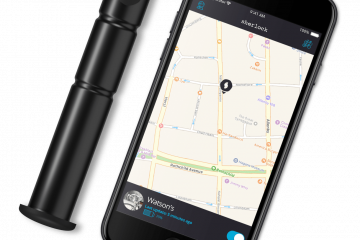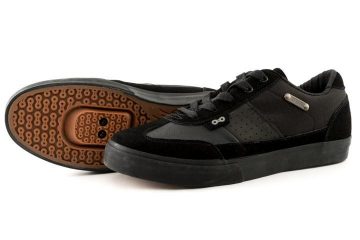Modern times bring modern solutions to the problems of the past. Although rifle scopes are nothing new in the field of firearms, they have certainly eclipsed the use of iron sights on guns. The reason being, scopes make firearms easier to aim and use – compared to no-scope setups. In fact, scopes are used in all kinds of guns these days – ranging from miniature handguns to deadly shotguns.
There are different types of scope available in the rifle section of firearms. In fact, rifles can support the largest variety of scopes due to their primary function of hitting exceedingly distant targets. You may be familiar with snipers from video games or real-life experiences. If so, you must have seen that the weapon used by soldiers as the last line of defense is the rifle. That is because rifles have scopes installed, enabling the shooter to aim precisely from a long distance. This article provides a comprehensive guide on rifle scopes that will help you choose the ideal scope for you.
Contents
Choose the Right Magnification
Magnification is one of the fundamental functions of a scope. Rifle users can not effectively hit any target that exceeds the range of their eyesight and thus takes the help of the scopes. For instance, if you are using a scope with a magnification of 4X, it would basically mean that anything you gaze through the scope would look 4 times nearer. However, this does not indicate that the higher the magnification, the greater the results. It completely depends on the distance of your target. A deer within 100 feet is extremely difficult to shoot with an 8X rifle scope as all you would see is probably the fur and not the entire animal.
Check out the Aimpoint PRO review to get a comprehensive idea of the scope and the additional features it provides. The review also contains a pros and cons section, which will help you to decide. For reference, try getting a scope within 1-4X magnification if your target is within 100 feet. Use a 5-8X magnification scope if the prey is within 200 feet. For targets beyond the 200 feet range, 9-12X magnifications can get the job done with ease. Do not waste money by purchasing a scope that can not be used due to wrong magnifying limits.
To figure out the magnification of a scope, you can simply check the label. There is generally an alphanumeric tag on the scope that has the descriptions in it. Check for the number right before the “X”. This is the magnification of the scope. If a range is provided, this means that the amplification can be controlled and set according to the distance of the target. Make sure you have a profound understanding of rifle scope magnifications before buying one.
Pick the Ideal Objective Lens
Objective lenses, installed at the rear end of scopes, are used to let external light enter the device. This brightens up the visuals you witness when looking through the scope. The common perception in this sector is to have the biggest and widest objective lens possible for your rifle. The bigger the objective lens, the better the image seen by the shooter and will be bright and vivid. However, there are certain problems associated with this approach. The rifle would be significantly heavier and would require additional equipment to operate the scope. Amateur firearm users might have a hard time dealing with bulky rifles and complex scope mechanisms unless properly aware of their functionalities.
The property of an objective lens is determined by its diameter. If you read the label on a scope, you should be seeing the “X” we mentioned earlier in this article. The number written right after it is the diameter of the objective lens. Low power scopes can do a fine job with 28 mm lenses, while a 50 mm variant is used for extremely long-range shootings. Using large, heavy objective lenses is best suited for taking long shots – partly because these shots are mostly taken by keeping the rifle down on a surface, for greater stability. Hence, the shooter does not feel the weight of the lens while shooting.
Determine Your Preferred Eye Relief
The term “eye relief” is literally not used in the world of firearms. While using a scope, this represents the distance between the ocular lens and the ideal spot for placing your eye. Knowing this is extremely important as the recoil might injure your eye if proper eye relief is not maintained. A standard distance would be approximately 4 inches. Most rifles would not have a recoil higher than that, although it truly depends on the expertise of the shooter. Amateur enthusiasts might still experience a bruised eye despite keeping a standard eye relief as they may misjudge the recoil and not hold the rifle in an accurate manner.
Get an Idea of the Costs
To most people, a gun is more important than a scope. However, we believe on the contrary. Without a decent scope, you might as well close your eyes and fire at the unknown, or not fire at all. The results would possibly be the same. The scopes with some of the highest magnifications and best qualities can cost over 1000 US dollars. On the other hand, the more compact and cheaper ones might have a price of, as little as, 100 US dollars. To give you an idea, the Hawk Vantage Rimfire series can be purchased for under 200 US dollars, while the Vortex Optics Golden Eagle costs around 1,500 US dollars at the very least. It is up to the user to choose the ideal scope, keeping all the facts in mind.
Final Thoughts
Rifles are no toys! Adding a scope to a rifle makes it even deadlier. Proper training is required before attempting to handle these dangerous firearms. Make sure you know everything about shooting rifles and are aware of the maintenance processes before deciding to acquire one for personal use. Take professional help. Learn the art, and only then will you be able to make efficient use of the weapon.








